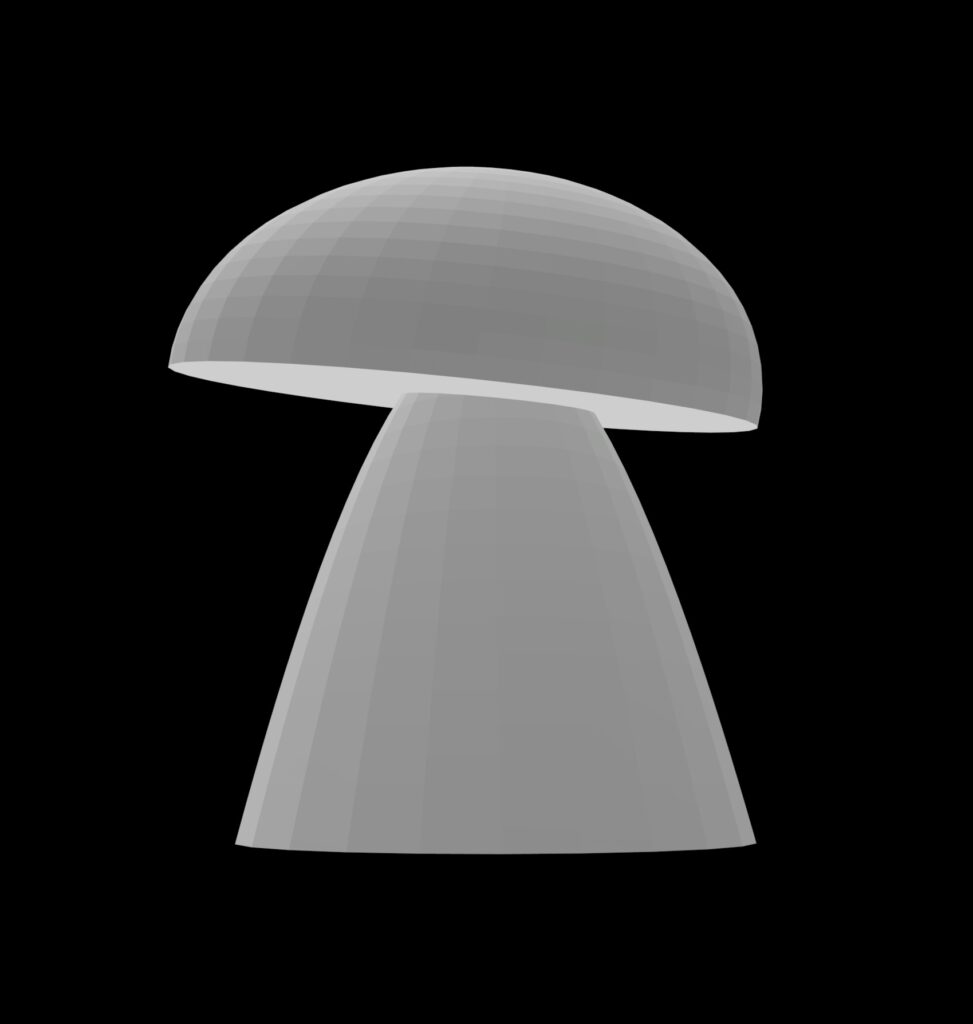I really struggled with the 3D printing workshop! I am notoriously terrible with technology, so I was grateful to be sitting next to someone who knew what they were doing. This experience reminded me of what it feels like to work hard and still feel completely lost, which I think is a really valuable lesson! It’s an important skill for a teacher to be able to empathize with a student who feels confused and discouraged about something. That’s why, when I become a teacher, I am going to try to make space for every student to have an opportunity to showcase something they’re good at. I think that it boosts their confidence, fosters a positive perception among their peers, and reinforces the idea that they’re capable and intelligent. A 3D printing workshop could be an excellent opportunity for this! If I have a student who finds English challenging but excels in math, 3D printing would be a great way to boost that kid’s confidence. It would also be a great way for that kid to engage with and help other students who may not have developed those skills yet.
There are many more potential benefits of using 3D printing in classrooms. Above all, it provides an opportunity for active learning; it is a hands-on experience that offers tangible results. 3D printing empowers kids to think creatively and innovatively, and to problem-solve independently. It also allows for cross-curricular learning, enabling kids to create while subtly engaging with subjects like science, technology, engineering, and math. I found a website that has a list of 3D printing projects that compliment STEM subjects – I encourage you to check it out! (https://www.inksmith.ca/blogs/news/3d-prints-for-stem-projects).
Although there are many advantages to using 3D design and printing in schools, there are also challenges to consider. These include the high cost of equipment and materials, the environmental impact and plastic waste, and the steep learning curve for both educators and students. Learning to understand and troubleshooting the software, as well as designing 3D models, requires a significant investment of time.
Personally, I am not sure if I want to incorporate 3D printing as a tool in my classroom. I lack confidence in using the technology and am concerned about its environmental impact. I’m also leaning toward teaching intermediate grade levels, and I worry it might be too complex for my learners — I’m almost twenty and I still struggled with it! That being said, I will keep an open mind and continue to learn more about it.
This is a screenshot of the 3D mushroom that I (with the help of a classmate) created during the workshop.
